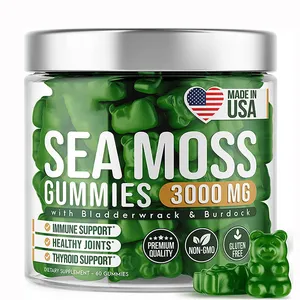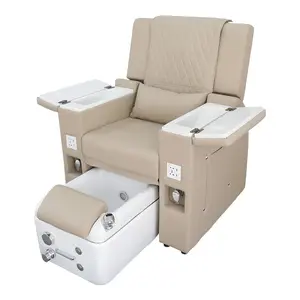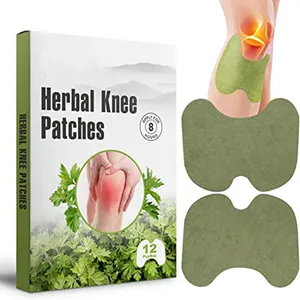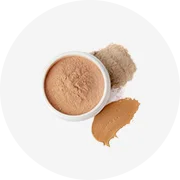Phổ biến trong ngành của bạn

Tùy chỉnh bảng Bìa 4ft/5ft/6ft/8ft căng Spandex cá nhân bảng quần áo với logo doanh nghiệp
5,00 US$ - 12,00 US$
Đơn hàng tối thiểu: 2 Cái


Vải Lanh Trắng Đính Kim Sa Tròn Bán Sỉ Cho Tiệc Sự Kiện Quần Áo Khăn Trải Bàn
16,88 US$ - 18,88 US$
Đơn hàng tối thiểu: 10 Cái


Bán buôn giá rẻ không thấm nước spandex vải Stretch tùy chỉnh bảng vải với logo cho quảng cáo kinh doanh tradeshow sự kiện
5,00 US$ - 13,00 US$
Đơn hàng tối thiểu: 2 Cái


Bảng Bìa Đảng màu xanh lá cây bộ Spandex khách sạn Nguồn cung cấp cho đám cưới bìa cho Khăn trải bàn
2,98 US$ - 4,98 US$
Đơn hàng tối thiểu: 1 Cái


Nhung Khăn Trải Bàn Khăn Trải Thêu Handmade Sò Cắt Quần Áo Các Nhà Sản Xuất Bảng Vải Bảo Vệ Bìa
8,60 US$ - 9,50 US$
Đơn hàng tối thiểu: 100 Cái
Vận chuyển mỗi chiếc: 3,94 US$


2019 Ngoài Trời Trong Nhà Chống Cháy Vải P10 LED Video Curtain Đối Giai Đoạn Nền RGB Vải Ánh Sáng
Sẵn sàng vận chuyển
75,00 US$ - 80,00 US$
Đơn hàng tối thiểu: 1 Mét vuông
Vận chuyển mỗi chiếc: 31,67 US$

Chống Cháy Vải Backdrop Ánh Sáng 6M X 4M Đen DJ DMX Led Hiệu Ứng Ngôi Sao Ánh Sáng Sân Khấu Vải
415,00 US$ - 425,00 US$
Đơn hàng tối thiểu: 1 Cái

Linh hoạt DMX LED Rèm màu đen ánh sáng RGB sao nền Rèm đám cưới sân khấu bối cảnh DJ lấp lánh Sao vải
5,93 US$ - 6,27 US$
Đơn hàng tối thiểu: 2 Mét vuông

Sân khấu backdrop cổ tích đèn rèm cửa led sao vải 4x6 m màu trắng duy nhất DMX chức năng chống cháy trong cửa bán -ra cửa
Sẵn sàng vận chuyển
425,00 US$
Đơn hàng tối thiểu: 2 Cái
Vận chuyển mỗi chiếc: 0,00 US$

Màn LED Chiếu Sân Khấu Di Động Cho Tiệc Cưới
Sẵn sàng vận chuyển
9,00 US$ - 10,00 US$
Đơn hàng tối thiểu: 100 Mét vuông
Vận chuyển mỗi chiếc: 160,04 US$

Linh hoạt Vision Vải cho P18cm 4X6 Sân Khấu Backdrop LED Video Curtain
Sẵn sàng vận chuyển
1.100,00 US$ - 1.200,00 US$
Đơn hàng tối thiểu: 1 Bộ
Vận chuyển mỗi chiếc: 110,18 US$

RGBW Dẫn Rèm Cửa Cho Phông Nền Sân Khấu Trong LED Ánh Sáng Sân Khấu Hộp Đêm Giai Đoạn Đám Cưới Trang Trí Backdrop Led Sao Vải Ánh Sáng
13,00 US$ - 16,00 US$
Đơn hàng tối thiểu: 5 Mét
Các danh mục hàng đầu
Giới thiệu về vải sân khấu
Ngày nay, vải sân khấu không còn là điều mới mẻ đối với những người bình thường và không còn bị coi là điều cấm kỵ khi sử dụng. Nếu bạn đang tìm kiếm niềm vui áp chót đó, bạn phải kiểm tra sự bao la. Bộ sưu tập vải sân khấu tại Alibaba.com. Những gợi cảm và cong. vải sân khấu đáng giá từng xu và chắc chắn làm cho đêm đó trở nên đặc biệt đối với bạn. Những con búp bê này có ngoại hình giống như thật, bắt đầu từ tóc đến ngón chân theo mọi nghĩa.
Cho dù bạn là một người cô đơn đang tìm kiếm một người bạn đời như cuộc sống hay một cặp vợ chồng muốn thêm gia vị cho cuộc sống của họ, bạn đều có thể sử dụng chúng . vải sân khấu để đốt cháy ngọn lửa đó. Những ngoạn mục. vải sân khấu có thể tùy chỉnh theo mong đợi của bạn. Những điều tuyệt vời. vải sân khấu có sẵn ở cả phiên bản dành cho nam và nữ và được làm từ silicone cấp y tế để sử dụng an toàn. Hãy sở hữu ngay bây giờ và tận hưởng một đêm đam mê và cháy bỏng.
Alibaba.com cung cấp những điều tuyệt vời này. vải sân khấu ở mọi hình dạng cơ thể, kích thước và sắc tộc. Dù yêu cầu của bạn đối với. vải sân khấu, bạn có thể tải tất cả chúng trên trang web. Những cái này. vải sân khấu được tạo hình bởi những người thợ thủ công giỏi nhất và mọi chi tiết phức tạp đều được kiểm tra kỹ lưỡng. Những con búp bê này có mắt, tóc, móng tay và tất cả các bộ phận cơ thể khác tương tự như người thật.
Alibaba.com cung cấp nhiều loại. vải sân khấu có thể giúp bạn mua các sản phẩm phù hợp với ngân sách và các yêu cầu khác của bạn. Các sản phẩm này an toàn để sử dụng, được chứng nhận và thân thiện với môi trường trong tự nhiên. Đơn đặt hàng OEM có sẵn trên các sản phẩm này.
Cho dù bạn là một người cô đơn đang tìm kiếm một người bạn đời như cuộc sống hay một cặp vợ chồng muốn thêm gia vị cho cuộc sống của họ, bạn đều có thể sử dụng chúng . vải sân khấu để đốt cháy ngọn lửa đó. Những ngoạn mục. vải sân khấu có thể tùy chỉnh theo mong đợi của bạn. Những điều tuyệt vời. vải sân khấu có sẵn ở cả phiên bản dành cho nam và nữ và được làm từ silicone cấp y tế để sử dụng an toàn. Hãy sở hữu ngay bây giờ và tận hưởng một đêm đam mê và cháy bỏng.
Alibaba.com cung cấp những điều tuyệt vời này. vải sân khấu ở mọi hình dạng cơ thể, kích thước và sắc tộc. Dù yêu cầu của bạn đối với. vải sân khấu, bạn có thể tải tất cả chúng trên trang web. Những cái này. vải sân khấu được tạo hình bởi những người thợ thủ công giỏi nhất và mọi chi tiết phức tạp đều được kiểm tra kỹ lưỡng. Những con búp bê này có mắt, tóc, móng tay và tất cả các bộ phận cơ thể khác tương tự như người thật.
Alibaba.com cung cấp nhiều loại. vải sân khấu có thể giúp bạn mua các sản phẩm phù hợp với ngân sách và các yêu cầu khác của bạn. Các sản phẩm này an toàn để sử dụng, được chứng nhận và thân thiện với môi trường trong tự nhiên. Đơn đặt hàng OEM có sẵn trên các sản phẩm này.











